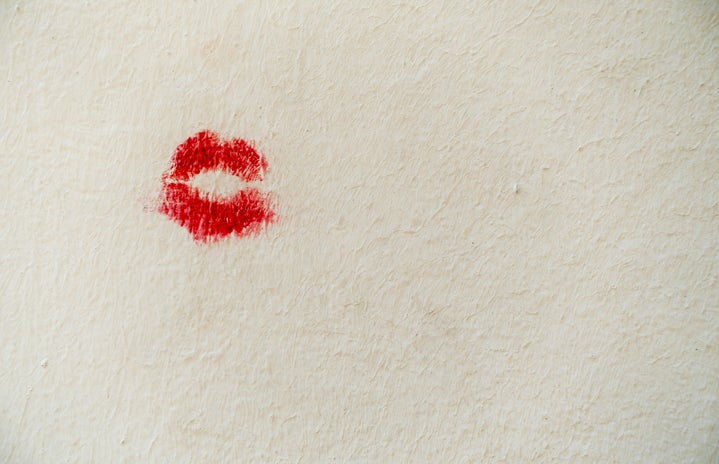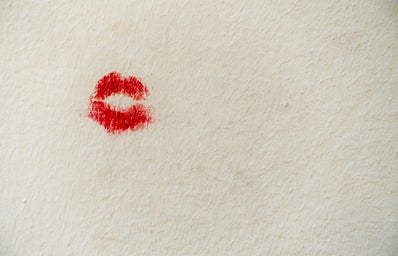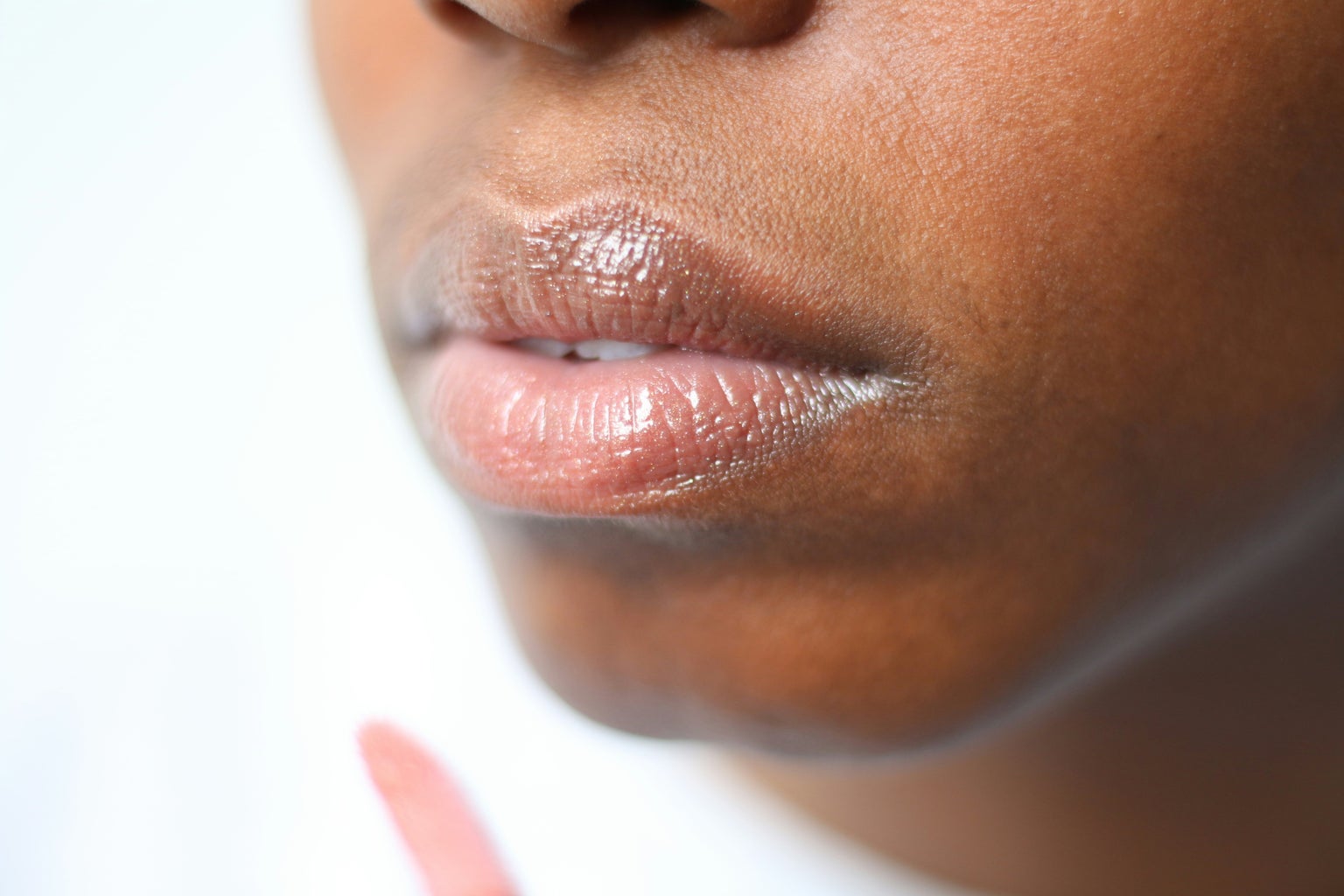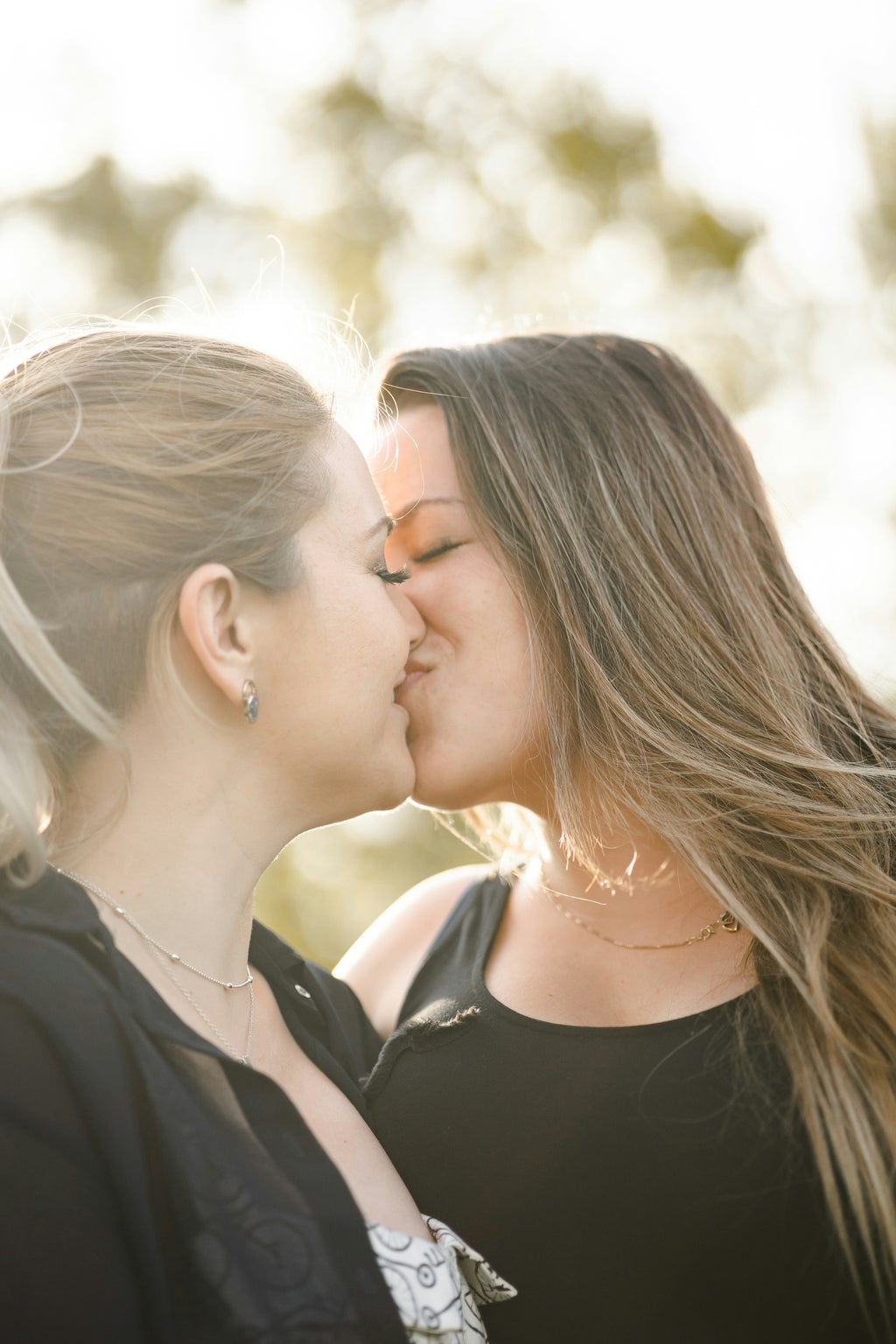If there’s one thing that Valentine’s Day is famous for, it’s romance. Love, flowers, dates, heart-shaped chocolates and… kissing. So what better time to learn about the science behind a kiss?
Humans are one of the only animals on earth (aside from one other primate) that have everted lips, meaning that they protrude outward so we can “pucker up.” While kissing is not exclusive to our species, humans are among the only ones that use their lips.
The popularity of the affectionate kiss was spread (like the plague) by European cultures through globalisation and is the “single most humanising practice that we share.” But despite what we may be accustomed to in North America, kissing is actually not universal. According to anthropological studies, 90% of cultures kiss, but only 46% kiss romantically. The more complex a society is socially, the more frequent romantic kissing becomes.
Lips are unique to every person; they’re actually as unique as a fingerprint and could be used to identify a person in the same way. What’s crazier is that lips are one of the most sensitive parts of the body , having the thinnest layer of skin and over a million nerve endings, making them 100 times more sensitive than fingertips. So it’s no surprise that we feel a lot when we kiss.
When we lock lips, roughly 40% of our cranial nerves responsible for cerebral function are at work. All five of our senses send billions of messages to our brain, which affects our body. Breathing deepens, pupils and blood vessels dilate, our brains receive more oxygen than usual, and pleasurable chemicals are released throughout the body – almost like we’re on drugs.
We kind of are on drugs when we kiss because dopamine, oxytocin and serotonin flood the system, lowering stress, promoting well being and triggering feelings of attachment, trust, euphoria and intimacy. That’s not all though…endorphins, which are hormones that make us happy, are also released and can act as minor pain killers. So it seems there is some truth in “kissing it better.”
Here’s the real kicker though: kissing burns calories. While it’s not a significant amount of calories, it’s reported that a passionate kiss can use 34 facial muscles, 112 postural muscles, and burn up to 26 calories per minute (though the average is 2). Kissing also tends to lead to more physical activities of the body, which will lead to more calories burned.
To top it off, it has been proven that the more we kiss, the better our relationship will be. Hopefully that makes you feel better about all the time you’ll “waste” smooching this Cupid’s Day.
As always, keep your kissing consensual, and have a happy Valentine’s Day. XO from HerCampus.





